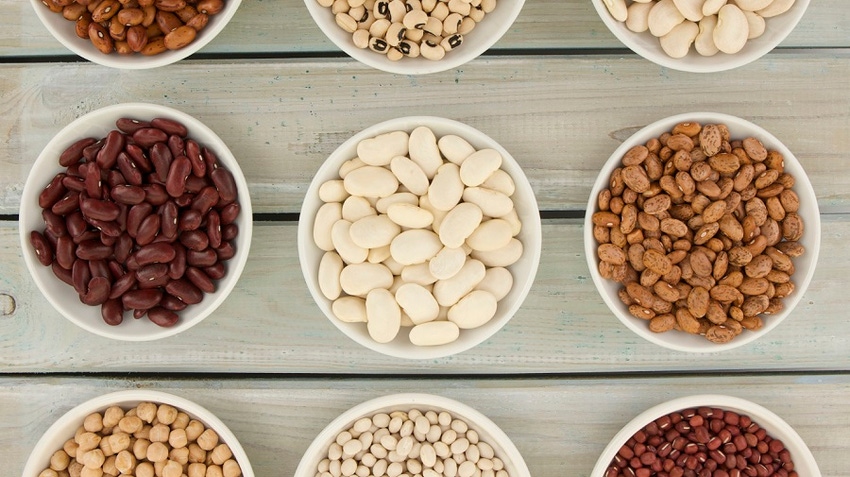In part two of a two-part series, Mark Becker explores newly available sources of protein such as protein derived from potatoes, mushrooms and canola.
April 7, 2016

Yesterday, I discussed several protein sources popular in today’s marketplace.
The industry is also seeing newly available sources of protein being derived from ingredients commonly used for other nutrients. Protein from potatoes, mushrooms and fruits have burst onto the scene over the past few years.
One ingredient maker has developed methods to economically produce a canola protein isolate with a balanced amino acid profile that contains all essential amino acids. These isolates are also high in sulfur-containing amino acids (methionine and cysteine), as compared to other vegetable proteins.
Another recent entry into the protein space is lupin protein. Seeds of various species of lupins have been used as food for more than 6,000 years, but they have never been accorded the same status as soybeans or other pulse crops. Lupin is gluten free, can act as a prebiotic, is non-GMO and high in protein content (approximately 40 percent).
While nuts have long been recognized for high protein and other nutritional benefits, other plants that offer value-added protein benefits include grains and seeds. For example, quinoa has a complete amino acid profile and is non-allergenic, non-GMO and gluten free. Oats are low in gluten and high in soluble dietary fiber. Flax is known for its healthy fats and fiber, but it is also a legitimate protein source.
The amount of dietary protein needed for consumers depends on overall caloric needs. The daily recommended intake of protein for healthy adults is 10 to 35 percent of total caloric needs. For example, a person on a 2,000-calorie diet could eat 100 g of protein, which would supply 20 percent of their total daily calories. True, everyone needs protein. But, as the cliché goes, too much of a good thing can be bad. Excessive protein can severely damage the kidneys. Moreover, consuming extra protein does not promote muscle growth; don’t be fooled by the edgy marketing!
All indications point to continued big time opportunities for protein suppliers and marketers. Both athletes and the average person need protein to repair cells and make new cells. Additionally, protein is very important for the growth and development in children, teens, and pregnant women. Protein is a true building block for all ages and demographics and will continue to generate healthy revenues for suppliers and marketers alike.
Mark Becker is an account manager for Vivion, a raw materials distributor, based in Vernon, California. He has worked as a natural products sales and marketing executive for 20 years. Mark has written more than 300 articles and has hosted or been a guest on more than 500 radio shows. He obtained a bachelor's in journalism from Long Beach State University and did his Master’s work in communications at Cal State Fullerton. For more than 30 years he has participated in numerous endurance events, including more than 150 triathlons of Olympic distance or longer, 103 marathons and numerous other events including ultramarathons and rough water swims from Alcatraz to the mainland. He has relied on a comprehensive dietary supplement and homeopathic regimen to support his athletic, professional and personal endeavors. Follow Mark Becker on Facebook and Twitter. For more information, access www.vivioninc.com or www.EnergyatLast.com.
About the Author(s)
You May Also Like




.png?width=800&auto=webp&quality=80&disable=upscale)